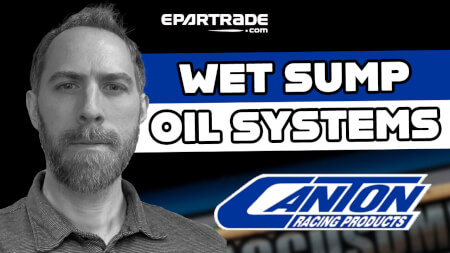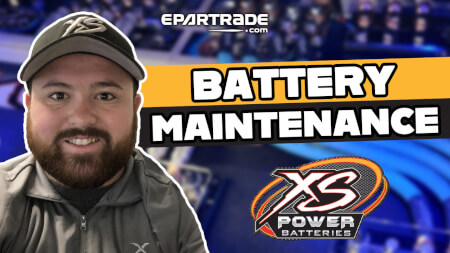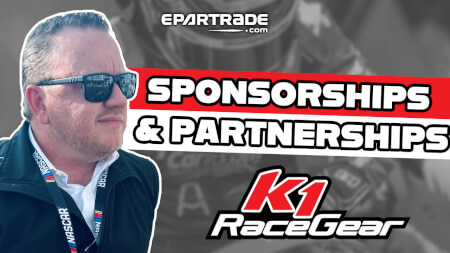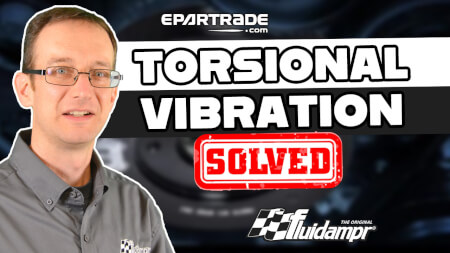July 17th 2025
Optimizing Wet Sump Oil Systems for Peak Pressure and Performance: Canton Racing Products Shares Expert Insights
In a recent technical webinar hosted by Brad Gillie from SiriusXM’s Late Shift, Mike Zeranski, President of Canton Racing Products, provided an in-depth look at how to get the most out of wet sump oil systems in high-performance and racing applications.
While many enthusiasts associate advanced racing with dry sump systems, Zeranski reminded viewers that an overwhelming 98% of performance and production-based race cars still rely on wet sump oiling. From Mustangs and Camaros to BMW M-series vehicles, wet sump systems remain the standard in SCCA, NASA, circle track, and grassroots drag racing. Their cost-effectiveness, simplicity, and reliability make them the ideal choice for the majority of racers who compete with production-based vehicles.
However, running a wet sump system in competition does present challenges. Oil starvation under high-G cornering or braking, aeration and foaming at high RPM, and pressure fluctuations are all common issues. Zeranski explained that many of these problems can be solved with carefully engineered oil pan designs, baffling, and pickup placement—allowing a wet sump system to perform reliably even in demanding track conditions.
“People often think they have to move to a dry sump system the moment they see pressure drop,” said Zeranski. “In many cases, simply upgrading to a properly baffled oil pan with trap doors, using windage trays, and optimizing oil pickup location can stabilize the system. Maintaining the correct oil level is also critical—too much oil can lead to aeration, while too little risks starvation.”
Zeranski also discussed the role of external oil coolers, windage trays, and even oil accumulators to provide an extra layer of protection during brief pressure drops. These upgrades not only improve consistency but also extend engine life in race conditions.
While dry sump systems have their place in high-end endurance racing and extreme horsepower builds, Zeranski emphasized that they are not always necessary. For most racers, a properly optimized wet sump system will meet their performance needs without the added complexity and cost of a full dry sump conversion.
The session concluded with a strong takeaway: for the majority of production-based race cars, optimizing the wet sump system is both a practical and highly effective solution for peak oil pressure and reliability.
For more information watch the full webinar here.














